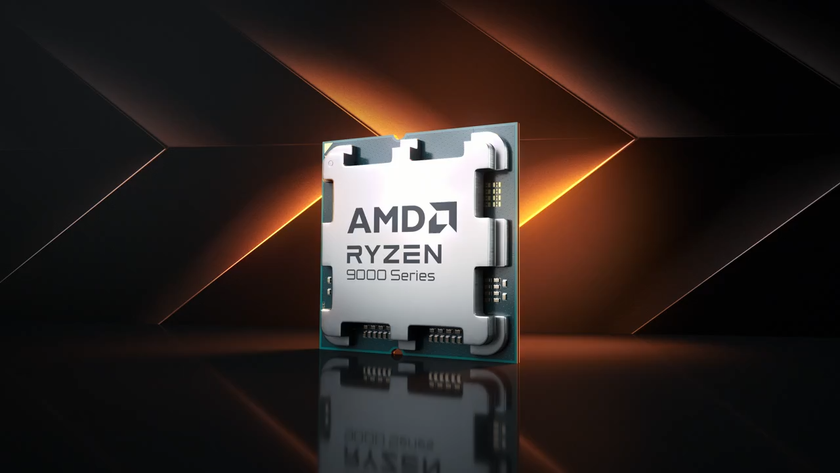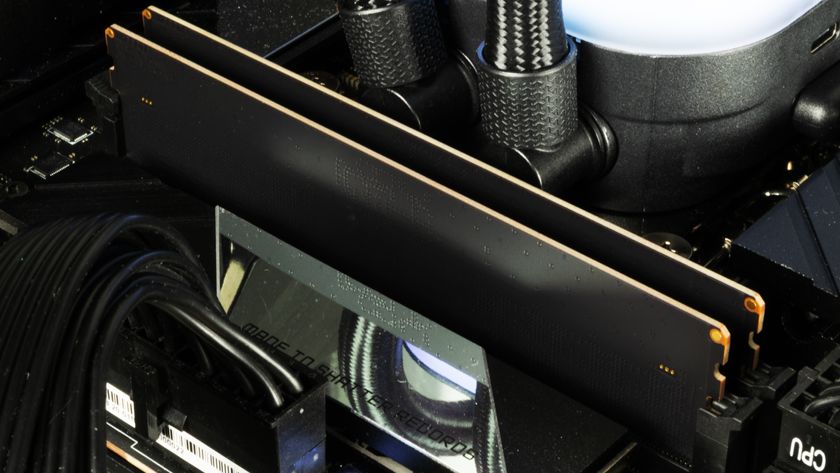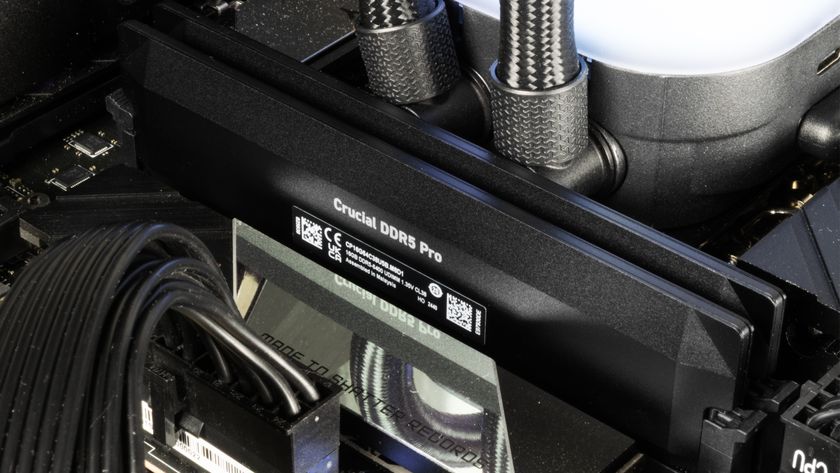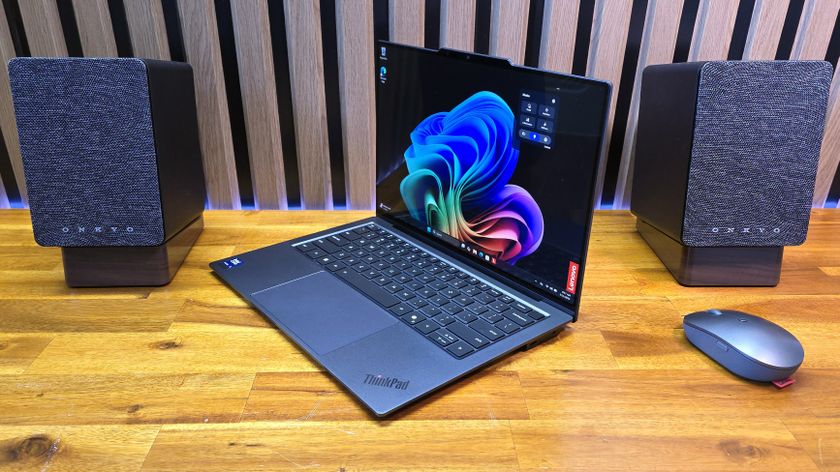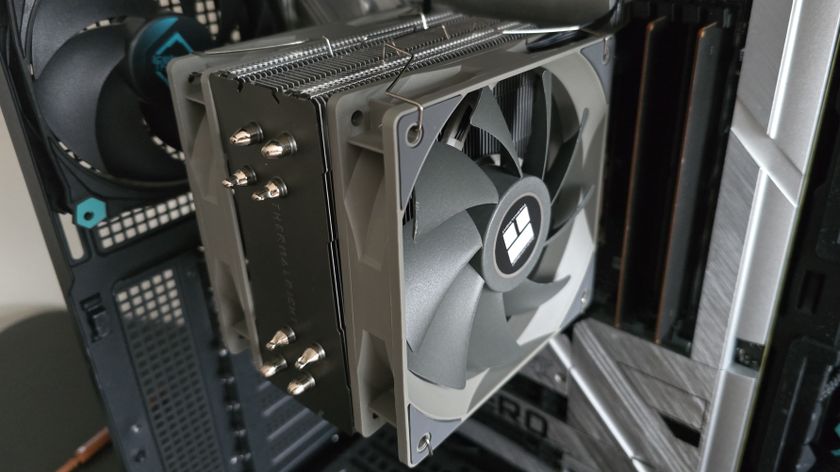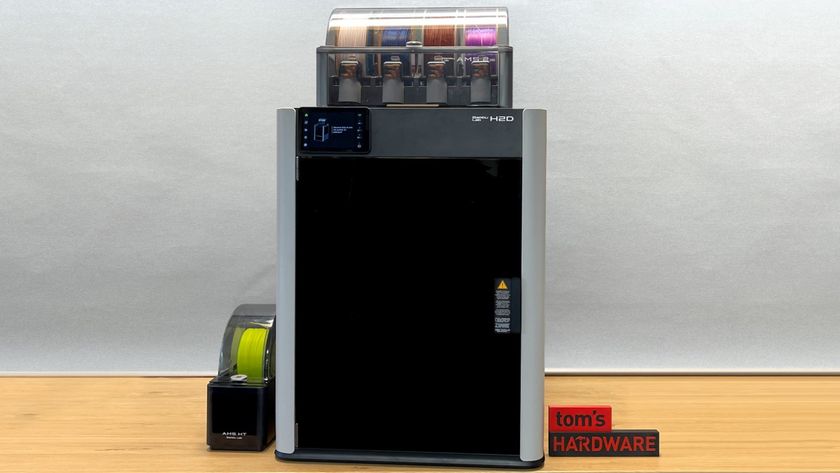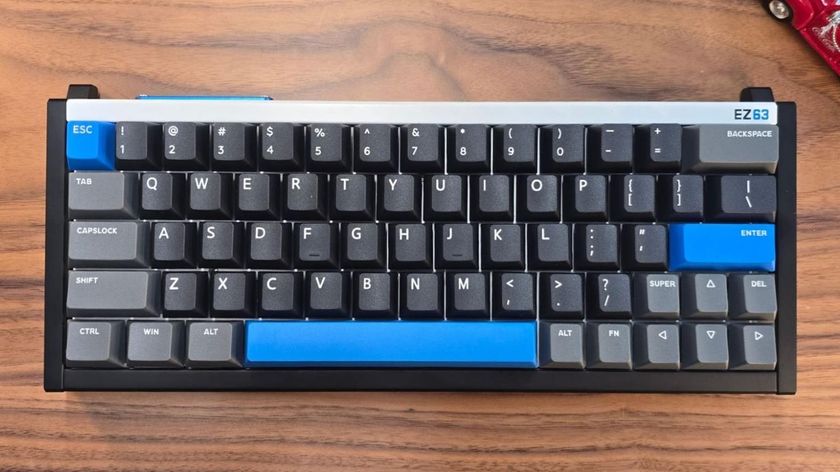Enermax Revolution SFX 650W PSU Review
Why you can trust Tom's Hardware
Load Regulation, Hold-Up Time & Inrush Current
To learn more about our PSU tests and methodology, please check out How We Test Power Supply Units.
Primary Rails And 5VSB Load Regulation
Load Regulation testing is detailed here.








Hold-Up Time
Our hold-up time tests are described in detail here.







This PSU's hold-up time is really low. We know that it's an SFX unit with limited space for a large PFC bulk cap, but a mere 7.9ms measurement is a shame. Thankfully the power-good signal is accurate, but it is dead low as well.
Inrush Current
For details on our inrush current testing, please click here.


The inrush current is low with 115V input and at normal levels with 230V.
Load Regulation And Efficiency Measurements
The first set of tests reveals the stability of the voltage rails and the ERV650SWT's efficiency. The applied load equals (approximately) 10 to 110 percent of the PSU's maximum load in increments of 10 percentage points.
We conducted two additional tests. During the first, we stressed the two minor rails (5V and 3.3V) with a high load, while the load at +12V was only 0.1A. This test reveals whether a PSU is compatible with Intel's C6/C7 sleep states or not. In the second test, we determined the maximum load the +12V rail could handle with minimal load on the minor rails.
| Test # | 12V | 5V | 3.3V | 5VSB | DC/AC (Watts) | Efficiency | Fan Speed | Fan Noise | Temps (In/Out) | PF/AC Volts |
|---|---|---|---|---|---|---|---|---|---|---|
| 1 | 3.555A | 1.985A | 1.988A | 0.996A | 64.791 | 84.840% | 1390 RPM | 22.7 dB(A) | 38.15°C | 0.963 |
| 12.148V | 5.040V | 3.317V | 5.025V | 76.367 | 44.28°C | 115.13V | ||||
| 2 | 8.155A | 2.981A | 2.991A | 1.196A | 129.809 | 88.881% | 1585 RPM | 25.1 dB(A) | 38.53°C | 0.970 |
| 12.131V | 5.030V | 3.307V | 5.012V | 146.048 | 45.45°C | 115.13V | ||||
| 3 | 13.109A | 3.488A | 3.514A | 1.397A | 194.905 | 90.080% | 1875 RPM | 29.3 dB(A) | 39.40°C | 0.981 |
| 12.115V | 5.021V | 3.298V | 5.001V | 216.368 | 46.54°C | 115.12V | ||||
| 4 | 18.066A | 3.990A | 4.011A | 1.601A | 259.783 | 90.386% | 2130 RPM | 32.8 dB(A) | 39.45°C | 0.986 |
| 12.100V | 5.013V | 3.289V | 4.991V | 287.414 | 46.77°C | 115.12V | ||||
| 5 | 22.698A | 4.990A | 5.029A | 1.806A | 324.727 | 90.144% | 2420 RPM | 36.5 dB(A) | 40.04°C | 0.989 |
| 12.084V | 5.003V | 3.278V | 4.980V | 360.230 | 47.43°C | 115.11V | ||||
| 6 | 27.299A | 6.012A | 6.055A | 2.011A | 389.724 | 89.239% | 3060 RPM | 40.7 dB(A) | 40.59°C | 0.989 |
| 12.086V | 4.991V | 3.268V | 4.970V | 436.718 | 48.27°C | 115.11V | ||||
| 7 | 31.948A | 7.020A | 7.091A | 2.216A | 454.622 | 88.598% | 3450 RPM | 43.8 dB(A) | 41.90°C | 0.991 |
| 12.069V | 4.981V | 3.256V | 4.958V | 513.129 | 50.12°C | 115.11V | ||||
| 8 | 36.610A | 8.050A | 8.133A | 2.425A | 519.658 | 87.876% | 3720 RPM | 46.5 dB(A) | 42.48°C | 0.992 |
| 12.053V | 4.970V | 3.245V | 4.947V | 591.354 | 51.74°C | 115.10V | ||||
| 9 | 41.710A | 8.567A | 8.681A | 2.426A | 584.691 | 87.165% | 3720 RPM | 46.5 dB(A) | 44.16°C | 0.992 |
| 12.038V | 4.962V | 3.236V | 4.940V | 670.785 | 54.01°C | 115.10V | ||||
| 10 | 46.568A | 9.086A | 9.208A | 3.049A | 649.537 | 86.255% | 3720 RPM | 46.5 dB(A) | 44.98°C | 0.993 |
| 12.022V | 4.953V | 3.225V | 4.919V | 753.044 | 56.03°C | 115.10V | ||||
| 11 | 52.018A | 9.100A | 9.231A | 3.051A | 714.476 | 85.316% | 3720 RPM | 46.5 dB(A) | 46.15°C | 0.994 |
| 12.011V | 4.946V | 3.217V | 4.911V | 837.445 | 60.17°C | 115.09V | ||||
| CL1 | 0.100A | 11.017A | 11.006A | 0.005A | 92.774 | 81.967% | 2780 RPM | 38.9 dB(A) | 43.03°C | 0.963 |
| 12.121V | 4.991V | 3.321V | 5.032V | 113.185 | 57.09°C | 115.14V | ||||
| CL2 | 54.117A | 1.003A | 1.002A | 0.005A | 659.022 | 87.391% | 2780 RPM | 38.9 dB(A) | 44.17°C | 0.993 |
| 12.025V | 4.970V | 3.249V | 4.975V | 754.108 | 57.76°C | 115.05V |
Load regulation at +12V is decent, but it comes nowhere near the performance of Corsair's SF600 or FSP's Dagger 600W. At 5V, the load regulation performance is better, and at 3.3V and 5VSB it stays within 3%.
The ERV650SWT's efficiency falls in line with 80 PLUS' Gold requirements in the 20% and 50% load tests, but comes up short in our full load test, which we conduct at high operating temperatures.
At loads higher than 60% of its maximum capacity, this PSU's fan is loud. That's expected, given the demands of our test procedure and the fan's 80mm diameter. It needs to spin at high RPM in order to push adequate airflow.
MORE: Best Power Supplies
MORE: How We Test Power Supplies
MORE: All Power Supply Content
Current page: Load Regulation, Hold-Up Time & Inrush Current
Prev Page Teardown & Component Analysis Next Page Efficiency, Temperature & NoiseStay On the Cutting Edge: Get the Tom's Hardware Newsletter
Get Tom's Hardware's best news and in-depth reviews, straight to your inbox.

Aris Mpitziopoulos is a contributing editor at Tom's Hardware, covering PSUs.
-
shrapnel_indie How many motherboards require more than one EPS connector in the entry to enthusiast level motherboards (excluding server boards)? How many server boards? How many enthusiasts actually use server boards?Reply
IMHO, if a PSU has 1 or 2 EPS connectors shouldn't be a pro or con as the vast majority of boards used from entry level to enthusiast only really requires one connector. Server boards are a different matter. IMHO, just making a clear note how many EPS connectors should be good enough. -
TMTOWTSAC I can see wanting more than 2 PCIe of course, but how many SFX models come with 2 EPS? How many dual CPU micro atx mobos are there anyway?Reply -
Ne0Wolf7 Why would you ever want there not to be a power switch? I use mine all the time... It seems like such a simple thing to add too.Reply -
10tacle ^^That's the first thing I noticed in the pictures. I use mine on occasion too, especially when getting lockups during overclock testing. Flicking a switch is a lot more convenient than reaching around and unplugging and making sure the cable doesn't fall down behind the desk causing colorful four letter language. Unwise omission that is inexcusable in this category of PSU. I would rule out this PSU just for that omission alone.Reply
-
Aris_Mp about the two EPS connectors, most mid to high-end mainboards use one EPS and one ATX12V (so they need two CPU connectors) especially the new ones. Why not have this option and be restricted to mainstream mainboards. Not only server or dual CPU mainboards require two EPS connectors.Reply -
Marcus52 Enermax still hasn't recovered their quality since they shut down their own production facilities, which is a real shame, they used to be one of the best.Reply -
superflykicks03 You guys literally have ads that play over the top of your intrusive popup videos. You literally have to watch a 30 second ad before you get to watch the unwanted video :/ Not exactly user friendly. I know I know revenue blah blah, and just get a popup blocker yadda yadda.Reply -
maxwellmelon Why would you turn off the power on the power supply on computer lockup. Just hit the reset switch. I would venture to say 9 out of 10 people could care less as there pc is always on.Reply -
10tacle Because hitting reset from the case button does not guarantee a solid reboot. On my system anyway.Reply -
warmon6 For an SFX psu, not having a power switch on the PSU doesn't bother me to much.Reply
Depending on the case design (like my rvz01), you couldn't access the psu without taking the computer apart to access that switch. So unplugging the computer or holding the power button for 5 seconds would be a lot faster.
Now if this was an ATX PSU i would give a bit more care for as it's extremely rare for an ATX psu to be placed somewhere else inside the case that cant be access from the outside.
@10TACLE
I do have to ask though, does your computer lock up so much that even holding the case power button for the 3 to 5 seconds does nothing?
Most computers I've messed with seems to be able to power off fully even when there is a hard lockup doing that method.
But i do agree with you about that hitting a reset doesn't guarantee a solid reboot. Certainly when trying to dial in overclock settings.



